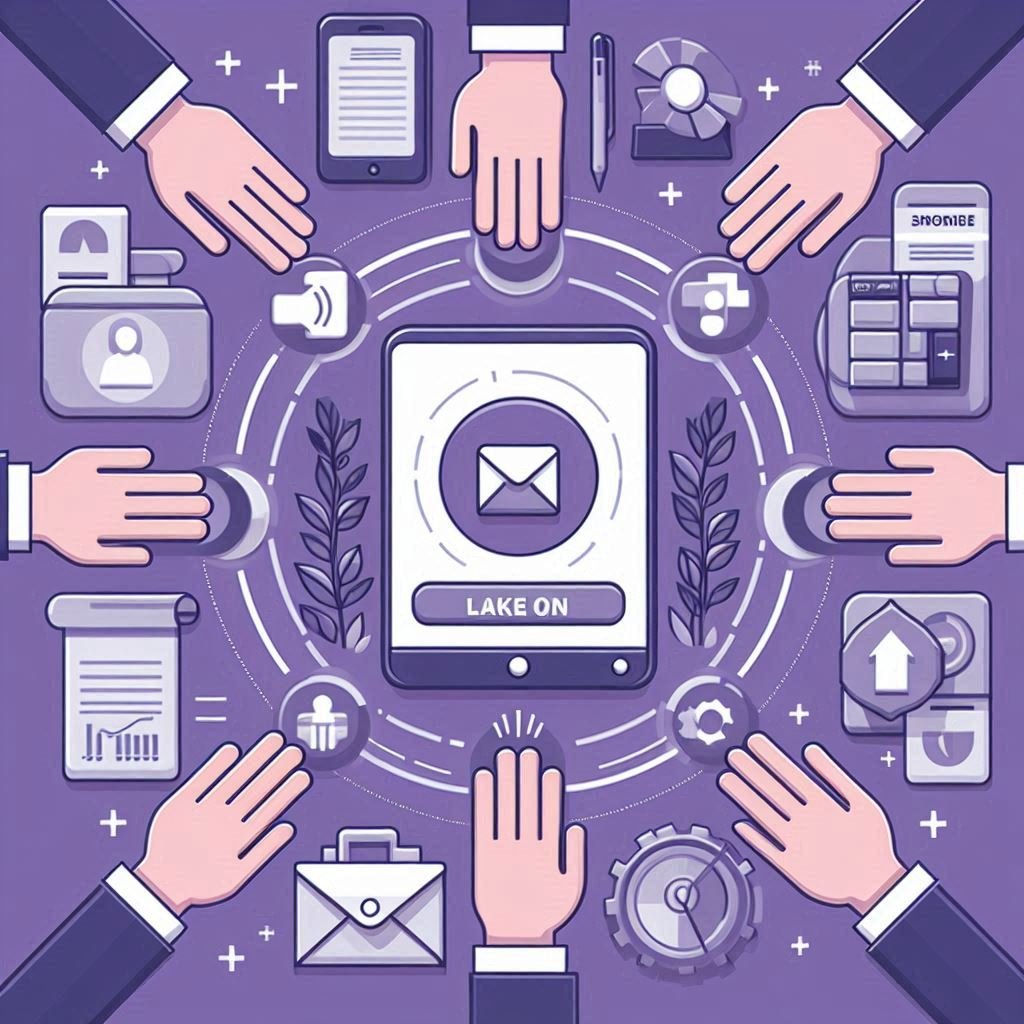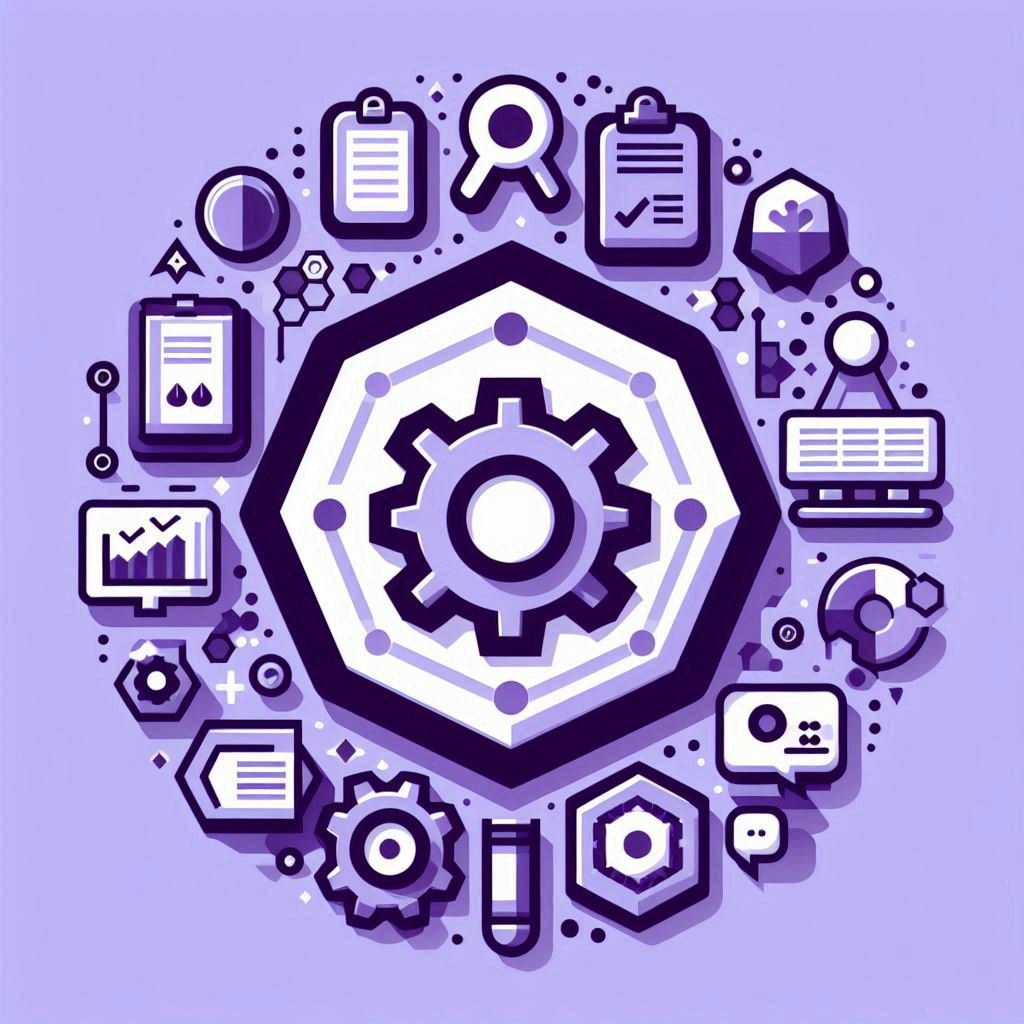Embarking on an email marketing campaign doesn’t have to be daunting or expensive. With a variety of free tools available, you can definitely launch effective campaigns that reach your audience and drive results without too much of a hassle…
The first step is understanding what free email marketing tools can offer and how they can be leveraged to benefit your business or personal brand.
When diving into the world of free email marketing tools, it’s best to select one that fits your particular goal. Look for tools that offer robust features like customizable templates, analytics, and automation options.
Some popular free options include Mailchimp, Sender, and Benchmark Email. Each of these platforms has its unique strengths, so it’s worth exploring which one aligns best with your marketing objectives. Keep in mind, the right tool should not only meet your current needs but also scale with your growing subscriber list.
Related: Which types of email marketing softwares do sales professionals use? (free & paid)
Signing Up and Navigating Your Dashboard

Once you’ve chosen a tool, signing up is usually a straightforward process. You’ll typically need to provide some basic information about yourself and your organization. After signing up, take some time to familiarize yourself with the dashboard.
Most email marketing tools are designed with user-friendliness in mind, but each has its layout and set of features.
Explore areas like the template gallery, subscriber list management, and campaign reports. A benefit here is that many tools offer guided tours or introductory webinars, which can be incredibly helpful.
Turning Subscribers into Gold with Free Tools

The real magic begins when you start converting subscribers into engaged customers. Free email marketing tools often provide features that can help you manage and grow your subscriber list effectively. Utilize built-in forms to capture emails on your website, or import an existing list if you have one.
See our post: What email finder tools work best to boost lead gen and sales?
Then, engage your subscribers with well-crafted emails. Remember, the goal is to add value to their inbox, not just clutter. Free tools typically offer automation features, which can help you send welcome emails, birthday greetings, and other personalized messages automatically.
Crafting Your First Campaign
Creating your first email campaign can be both exciting and a bit intimidating. However, with the right approach, you can craft a campaign that resonates with your audience and achieves your marketing goals.
Selecting Templates and Design Tips

Most free email marketing tools offer a range of templates that you can use to design your emails. These templates are designed to be responsive and look great on all devices, which is crucial since many users will view your emails on their mobile phones. When selecting a template, choose one that reflects your brand’s style and message.
Customize it with your colors, logo, and other elements. Keep the design clean and focused, and make sure your call to action (CTA) is prominent. A big plus of using templates is that they save you time and ensure your emails look professional.
Writing Compelling Content
The content of your email is key to its success. Start with a compelling subject line that encourages recipients to open the email. Be clear and concise in your messaging. Focus on the benefits your email offers to the recipient, whether it’s a special deal, important information, or valuable insights.
Make sure your writing is engaging and aligned with your audience’s interests. Side note: It’s also important to ensure your content is mobile-friendly, as many users will read your emails on their phones.
Personalization and Segmentation Strategies
In today’s marketing landscape, personalization and segmentation are more than just buzzwords. They are proven strategies that enhance the effectiveness of your campaigns by delivering more relevant content to your subscribers.
Making It Personal
Personalization in email marketing goes beyond addressing a subscriber by their first name. It involves tailoring the content of your emails based on the subscriber’s preferences, behaviors, and previous interactions with your brand. Use the data you have about your subscribers to create more relevant and engaging content.
For instance, if you know a subscriber has shown interest in a particular product category, you can send them targeted emails about those products. Personalization can significantly increase open rates and click-through rates, leading to better campaign performance.
Segmenting Your Audience for Better Results
Segmentation involves dividing your subscriber list into smaller groups based on specific criteria, such as demographics, purchase history, or engagement level. This allows you to send more targeted and relevant emails to each group, increasing the likelihood of engagement.
For example, you might send a different email to new subscribers welcoming them to your newsletter than to long-time subscribers who are familiar with your brand. Effective segmentation can lead to higher conversion rates and a more engaged audience.
In the next sections, we will go a little bit more into testing your emails for success, understanding and utilizing analytics, and strategies for growing your list and maintaining engagement. Each of these areas plays a crucial role in building successful email campaigns with free tools.
Testing Your Emails for Success
The importance of testing your emails cannot be overstated. It’s an essential step to ensure your messages resonate with your audience and achieve the desired outcomes.
A/B Testing Explained
A/B testing, also known as split testing, is a method where you send two slightly different versions of the same email to a small segment of your subscribers to see which version performs better. This could involve testing different subject lines, email content, images, or call-to-action buttons.
The goal is to gather data on what your audience prefers and what drives more engagement or conversions. One advantage of A/B testing is that it removes guesswork, allowing you to optimize your email campaigns based on actual user responses.
Analyzing Test Results
Once your A/B test is complete, it’s crucial to analyze the results carefully. Look at which version had a higher open rate, click-through rate, or conversion rate, depending on your goals.
Note that it’s important to test one variable at a time to clearly understand what influenced the outcome. Use these insights to refine your future emails.
Continuous testing and optimization is a key strategy for improving the effectiveness of your email marketing campaigns over time.
Understanding and Utilizing Analytics
To truly harness the power of email marketing, you need to understand and utilize the analytics that free tools provide. This data helps you gauge the success of your campaigns and improve future emails.
Key Metrics to Watch
Several key metrics should be on your radar. Open rate tells you how many people are opening your emails, which can indicate how compelling your subject lines are. Click-through rate (CTR) shows how many people clicked on links within the email, providing insight into how engaging your content and calls to action are.
Conversion rate measures how many people took the desired action, such as making a purchase or signing up for a webinar. Monitoring these metrics gives you a clear picture of what’s working and what’s not.
Learning from Your Data
The data you collect isn’t just numbers; it’s insights into your audience’s behaviors and preferences. Analyze trends over time to see what types of content lead to higher engagement. Are there particular topics or products that consistently perform well?
Are certain times of day more effective for sending emails? Use this information to tailor your future campaigns, making them more personalized and targeted. Remember, the goal of analytics is not just to report on the past but to inform future strategies.
Tips for List Growth
Growing your email list is a continuous effort. One effective strategy is to offer something of value in exchange for email sign-ups, such as a free ebook, a discount code, or access to exclusive content. Make sure your sign-up forms are visible and accessible on your website, and consider using pop-ups or slide-ins with compelling calls to action.
Social media can also be a powerful tool for list growth. Share snippets of your email content on your platforms and encourage your followers to sign up for more valuable insights.
Keeping Your Audience Engaged
Maintaining engagement is just as important as list growth. Regularly send content that adds real value to your subscribers’ lives. This could be insightful articles, tips, company updates, or new product announcements.
Keep your communication frequent enough to stay on top of mind but not so much that it becomes spammy. Personalization and segmentation play crucial roles here as well; the more relevant your emails are to an individual subscriber, the more likely they are to stay engaged.
By focusing on these strategies, you can effectively build and maintain an engaged email list, which is essential for successful email marketing. Remember, the key to successful email marketing is not just in the tools you use but how you use them to create meaningful and engaging content that resonates with your audience.
Enhancing Email Campaigns with Advanced Techniques
As you become more comfortable with the basics of email marketing, you can start exploring more advanced techniques to enhance your campaigns and drive even better results.
Integrating with Other Marketing Channels
Integrating your email marketing efforts with other marketing channels can amplify your overall strategy. For instance, aligning your email campaigns with your social media strategy can increase coherence in your messaging and broaden your reach.
Promote your email newsletter on social media platforms to encourage more sign-ups, or use insights from social media trends to inform the content of your emails. Another effective strategy is to retarget people who clicked on links in your emails with ads on social media, reinforcing the message and increasing the likelihood of conversion.
Utilizing Dynamic Content
Dynamic content refers to email content that changes based on the preferences or past behavior of the subscriber. It’s a step beyond basic personalization. For example, if a subscriber clicked on a link about vegan recipes in a previous email, you could ensure that future emails highlight more vegan content. This technique makes each email feel tailor-made and can significantly increase engagement and satisfaction with your emails.
Leveraging Email Automation for Better Efficiency
Email automation is a powerful tool that lets you schedule and send emails automatically based on specific triggers or timelines. This not only saves time but also makes your campaigns more effective.
Setting Up Automated Email Workflows
Automated email workflows are sequences of emails that are triggered by specific actions taken by your subscribers.
For example, a welcome email that sends automatically when someone signs up for your list, followed by a series of emails that nurture them down the sales funnel.
Setting up these workflows involves planning out the sequence of interactions you want your subscribers to have with your brand and using your email marketing tool to automate these interactions. This keeps your subscribers engaged without requiring constant manual input from your side.
Benefits of Email Automation
One major advantage of email automation is the ability to provide timely, relevant content without the need to manually send each email. This ensures that your subscribers receive the right message at the right time.
For instance, sending a discount offer on a subscriber’s birthday can make them feel valued and increase the likelihood of a sale. Automation also helps in maintaining consistency in your communication, which is crucial for building trust and credibility with your audience.
Crafting Effective Calls to Action
A call to action (CTA) is a crucial element of any email campaign, as it guides subscribers towards the action you want them to take. Without a clear CTA, even the most well-crafted email can fail to convert.
Designing Compelling CTAs
Your CTA should be visually striking and easy to find. Use buttons with contrasting colors to make them stand out, and place them strategically within your email where they’re likely to catch the reader’s attention.
The language of your CTA should be direct and action-oriented, such as “Buy Now,” “Register Today,” or “Get Your Free Ebook.” Keep in mind that each email should generally have one primary CTA to avoid confusing the recipient with too many options.
Testing and Optimizing Your CTAs
As with other aspects of your email campaigns, testing and optimization are key to finding the most effective CTAs. A/B testing different versions of your CTA can reveal what language, color, size, and placement drive the most conversions.
Analyze the performance of each variation and use your findings to refine your approach. This ongoing process of testing and optimization ensures your CTAs remain effective as your audience and their preferences evolve.
By mastering these advanced techniques and strategies, you can significantly enhance the effectiveness of your email marketing campaigns. From integrating with other channels to leveraging automation and crafting effective CTAs, each element plays a vital role in driving engagement and conversions. Remember, the ultimate goal is to create a seamless, engaging, and personalized experience for your subscribers that encourages loyalty and drives business results.
Optimizing Email Deliverability
Ensuring your emails actually reach your subscribers’ inboxes is fundamental to the success of any email marketing campaign. Deliverability can be impacted by several factors, from the technical setup of your emails to the quality of your content.
Understanding Email Deliverability
Email deliverability refers to the ability of your emails to reach the subscriber’s inbox without being blocked by spam filters or bouncing back. Key factors affecting deliverability include sender reputation, subscriber engagement, and the cleanliness of your email list. It’s crucial to understand these elements and how they interact to maximize the chances of your emails being successfully delivered.
Best Practices for Improving Deliverability
To enhance your email deliverability, start by ensuring that you have proper authentication set up, such as SPF, DKIM, and DMARC records.
These help to verify your identity as a sender and prevent your emails from being marked as spam. Regularly clean your email list by removing inactive subscribers who haven’t engaged with your emails over an extended period.
This not only improves your deliverability but also your engagement metrics. Additionally, avoid using spam trigger words in your emails and ensure your content provides value to keep your subscribers interested and interacting with your emails.
Creating Responsive Email Designs
With the increasing use of mobile devices to check emails, having a responsive design for your email campaigns is no longer optional but essential.
Responsive design ensures that your emails look good and function well on any device, from desktops to smartphones. This is crucial because a poorly formatted email can frustrate subscribers and lead to lower engagement rates or even unsubscribes.
To create responsive emails, use fluid layouts that adapt to the width of the device’s screen. Employ scalable images and stackable content blocks that rearrange themselves on smaller screens.
I found that testing your emails across different devices and email clients before sending them out is also vital to ensure they look as intended everywhere. Many free email marketing tools provide built-in responsive templates, which can be a great starting point if you’re new to designing responsive emails.
Retaining subscribers is just as important as acquiring new ones. It involves continuously engaging them with valuable content and ensuring they see the benefits of staying on your list.
Strategies for Retaining Subscribers
Keep your email content fresh and relevant. Regularly review your subscribers’ interactions with your emails to identify what types of content resonate the most. Personalize the email experience as much as possible to make each subscriber feel valued and understood.
Additionally, consider segmenting your list more finely to deliver more targeted and relevant emails, which can increase engagement and reduce unsubscribe rates.
Implementing Feedback Loops
Encourage feedback from your subscribers to understand their needs and preferences better. This can be done through surveys, polls, or direct calls to action asking for feedback on your emails. Use this feedback to make necessary adjustments to your content and strategies. Showing that you value and act on subscriber feedback can significantly enhance loyalty and retention.
Conclusion
Building effective campaigns with free email marketing tools involves more than just sending out emails. It requires a strategic approach to choosing the right tool, crafting personalized and engaging content, integrating with other marketing channels, and continuously optimizing based on performance and subscriber feedback.
By following the strategies outlined in this guide—from understanding the basics of email marketing to implementing advanced techniques—you can maximize the impact of your email campaigns without breaking the bank.
Remember… the key to successful email marketing is persistence and continuous improvement, always keeping your subscribers’ needs and experiences at the forefront of your strategy.





